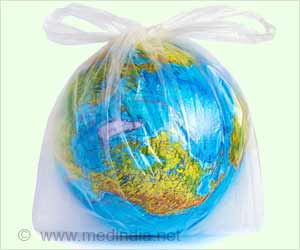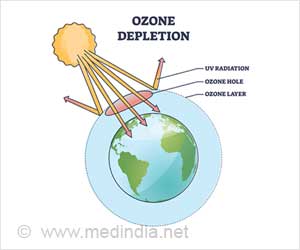In a new research, scientists at the University of Toronto Scarborough (UTSC), Canada, have shown that global warming can actually change the molecular structure of organic matter in soil.
In a new research, scientists at the University of Toronto Scarborough (UTSC), Canada, have shown that global warming can actually change the molecular structure of organic matter in soil.
"Soil contains more than twice the amount of carbon than does the atmosphere, yet, until now, scientists haven't examined this significant carbon pool closely," said Myrna J. Simpson, principal investigator and Associate Professor of Environmental Chemistry at UTSC."Through our research, we've sought to determine what soils are made up of at the molecular level and whether this composition will change in a warmer world," she added.
Soil organic matter is what makes dirt fertile and able to support plant life - both of which are especially important for agriculture. Organic matter retains water in the soil and prevents erosion.
Natural processes of decomposition of soil organic matter provide plants and microbes with the energy source and water they need to grow, and carbon is released into the atmosphere as a by-product of this process.
Warming temperatures are expected to speed up this process, which will increase the amount of CO2 that is transferred to the atmosphere.
"From the perspective of agriculture, we can't afford to lose carbon from the soil because it will change soil fertility and enhance erosion," said Simpson.
Advertisement
Until Simpson's research, scientists didn't know much about soil's molecular composition.
Advertisement
Simpson's team, which includes research collaborators Professors Dudley Williams and Andre Simpson, is uniquely positioned to address this new frontier.
The team uses a NMR (Nuclear Magnetic Resonance) facility to gain a detailed view of soil's molecular structure and reactivity.
In their current study, Simpson's team used an outdoor field experiment in the valley behind the UTSC campus to ensure natural ecosystem processes were preserved.
Electrodes warmed the test soil between three and six degrees through winter and summer seasons, over a 14-month period. Throughout the test period, the team analyzed the molecular composition of soil samples.
Source-ANI
LIN









